Content:
Snake melon is an exotic and rare fruit. Otherwise, it is called tarra, silver melon, Armenian cucumber. Its main feature is its unusual shape: outwardly, it resembles melon-flavored cucumbers.
general information
This is one of the varieties of melons, a melon crop of the pumpkin family. Received this name because of the narrow elongated shape, similar to the body of a snake. It was bred thanks to biotechnology in Armenia in the twentieth century, due to which it has another name - Armenian cucumber. In simple terms, it is a cucumber and melon hybrid.
Characteristics and features of the variety:
- Frost resistance. The variety is thermophilic, so it will not be able to cope with frost. To plant seeds, the earth must warm up to at least 18 ° C.
- Productivity. The variety is considered early maturing. It takes 6 days from planting to germination, and about 80 days before the first harvest. Bears fruit continuously for a long time.
- Flowering lasts a long time - from May to September. The species is bee-pollinated.
- Weak resistance to moisture, so the plant cannot be waterlogged. Does not tolerate a climate with high humidity, it can rot in swampy areas.
Additional Information! This melon variety is resistant to many diseases, such as late blight, powdery mildew or spotting.
Plant parameters:
- The height of the bush can reach 4 meters.
- It has large, light green leaves of a rounded shape, rough to the touch.
- About 10 fruits can be harvested from one bush.
- The root system is very powerful, filling a large area.
- Flowers are dioecious, yellow.
Fetal parameters:
- The size of the giant fruit is up to 50 cm, the weight ranges from 1 to 2 kilograms, however, some specimens can reach much greater weight and length.
- The color of the fruit is green; as it ripens, it changes to bright yellow. There are species that have a white skin. The surface is covered with a silver coating. The internal structure of the fruit, in contrast to the usual melon, is even, without voids.
- The taste and aroma of the fruit is very unusual. By sight and smell, you can say that this is the most common cucumber, but if you try, you can see that this is not the case. Silver melon has a melon flavor.
- Seeds are medium, few are present.
Important! Ripe is a fruit that has reached 20 cm and changed its color to yellow. It will also smell very nice. Overripe fruit will not emit a smell, it is not worth eating.
Growing features
Silver melon, or Armenian cucumber, requires compliance with a certain cultivation technology:
When landing:
- The soil should be selected fertile, with a lot of nutrients so that you have to use as little fertilizer and dressing as possible.
- The soil must be porous so that the entire root system has access to oxygen. Therefore, before planting, the soil should be thoroughly loosened.
- Humidity. When planting, each hole about 4-5 cm deep should be well moistened. Then you need to water as the soil dries up.
- Before planting, the seeds must be soaked in water at room temperature for a day or two in order to achieve friendly shoots.
- It is best to choose a sunny place for planting, since the plant is photophilous.
- During planting, you need to keep the distance between the holes about 1 m, and between the beds - about 50 cm. This will prevent the intertwining of bushes and allow you to get the maximum yield.
Note! Tarra should be planted in a well-warmed ground, from about May to June, when frosts no longer appear.
For care:
- Top dressing. Phosphorus, nitrogen fertilizers or natural fertilizers are suitable - vermicompost, humus and manure. Thanks to nitrogen, the plant will grow faster and bear fruit earlier. And phosphorus will accelerate weight gain and improve the taste of fruits.
Different types of dressings should be used in turn with a break of at least 10 days. It is best to fertilize a few days before watering the plant. - Tying. There is no need to tie lashes and pinch this variety.
- Watering. Water for irrigation must be warm, room temperature. It is advisable to water the plant in the evening so that it has time to be saturated with moisture. Watering should be infrequent, about 2-3 times per season, but abundant.
- Loosening. Be sure to regularly loosen the soil at the roots to provide ventilation and prevent rotting.
- The most suitable air temperature for favorable plant growth is around 23-25 ° C.
- The main enemy of the melon is aphid. It lives on the underside of the leaves and sucks the juice from the leaves. As a result, the plant's leaf plates curl, the stem dries up. To get rid of it, you can plant marigolds, garlic, mint or coriander next to the beds. A solution of the following ingredients will also help: a bucket of water (about 10 liters), 4 tablespoons of ground black pepper, a quarter glass of ash, 200 grams of onion gruel and a little liquid soap. Process the leaves of the plant with a solution no more than twice with a break a week.
Top dressing. For this melon culture, the following funds will be useful:
- Biohumus. It is an environmentally friendly, natural fertilizer, a product of the processing of substances by earthworms. It contains all the necessary micro and macro elements, as well as phytohormones and amino acids. It can be used at any stage of the plant's life before fruiting.
- Humus. This is a special part of the soil, consisting of rotten and decaying animals and plant products. Contains a large number of essential elements. It is mixed with manure and used with water in a ratio of 1: 5.
- Nitrogen fertilizers. They are responsible for the growth of shoots and the color of the leaves. But they have a big minus - they oxidize or alkalize the earth, depending on their properties. Therefore, before use, you need to find out the acidity of the soil on the site.
- Phosphate fertilizers increase resistance to low temperatures and accelerate the transition from flowering to fruiting. If the plant lacks phosphorus, a deterioration in protein metabolism will begin, that is, it will poorly assimilate nitrogen.
Important! With fertilizers such as phosphorus and nitrogen, it is very important not to overdo it and not add more than necessary, too much will not benefit both the soil and the plants.
You need to understand when a plant needs feeding. If its leaves are yellow or pale green, white chlorosis is present on young ones, then it is necessary to make the necessary dressing.
For higher yields, the following method is suitable. A three-quarter bucket is filled with chopped grass - it can be runny, quinoa, plantain - and filled with water. The resulting silage is fertilized between the beds.
But feeding and fertilizing are not an obligatory link in the cultivation of this variety. As practice shows, without them, with proper care, the plant feels just as good, and it develops no worse.
Additional Information! There are different types of this hybrid plant, which differ in a number of properties: taste, size, color and resistance to certain types of irritants.
Advantages and disadvantages of the variety
Benefits:
- Unlike ordinary cucumber, the Armenian cucumber has a number of medicinal properties. It is able to have a beneficial effect on mental processes, reduce blood pressure, and helps to establish the structure of nerve cells after exercise. Contains folic acid, which contributes to the development of the circulatory system.
- It is well absorbed, improves digestion.
- It will help in the fight against excess weight.
- Quite an unpretentious plant: it can grow both in a greenhouse and in the open air.
- A fairly large crop can be harvested from one bush - up to 10 pieces.
- Like table melon, it quenches thirst very well, as it has a juicy pulp.
- Loved by housewives for the fact that it is used in many recipes, it can also be canned.
- Unlike regular melon, this cucumber fruit can be eaten with the skin as it does not have an unpleasant aftertaste.
Important! When harvesting, you need to pluck the fruit along with the stalk. This will increase the shelf life of the fruit up to 30 days.
Disadvantages of the variety:
- Not hardy.
- Weak resistance to moisture.
- You can only eat young (ripe) fruits.
- Very sweet, contains about 10% sugar in the pulp.
- This variety is bee-pollinated, which is not very convenient when grown in a greenhouse. You will have to pollinate the flowers yourself.
Seed collection
Due to the low popularity of the Armenian cucumber, it is quite difficult to find seeds. Therefore, having found them, you need to make a stock just in case. After the first fruit is fully ripe, you need to remove the seeds from the pulp, rinse and dry. It is best to store them in a paper bag or glass jar, making sure that no water gets into it.
So, the key to successful cultivation of tarra will be:
- Landing in a porous soil in a sunny place in a warm season.
- Minimum watering.
- Aphid protection.
This is all you need to know about the Armenian cucumber. If you want to grow this wonderful melon-flavored cucumber in your garden, if you follow these recommendations, the harvest is guaranteed.


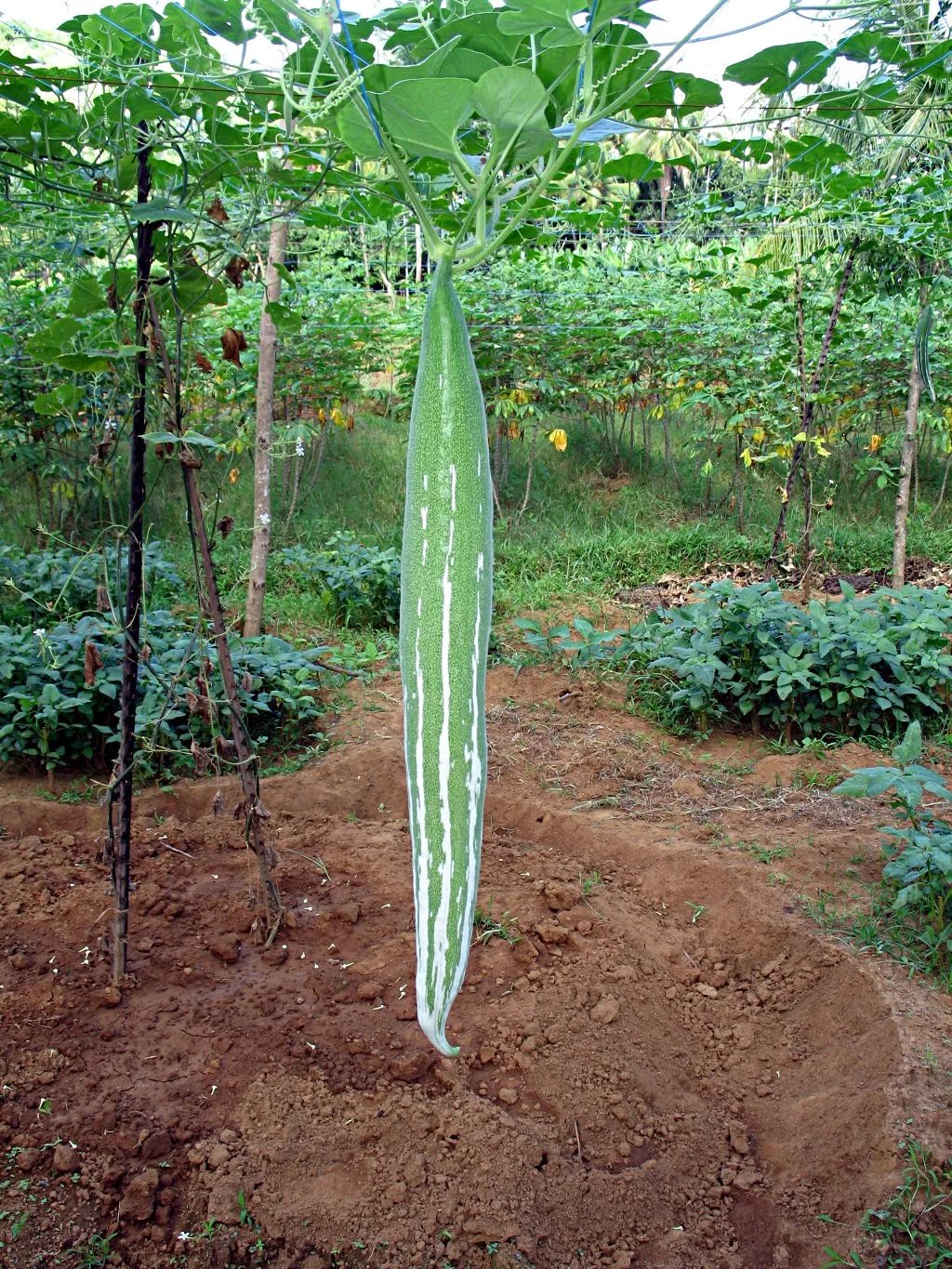
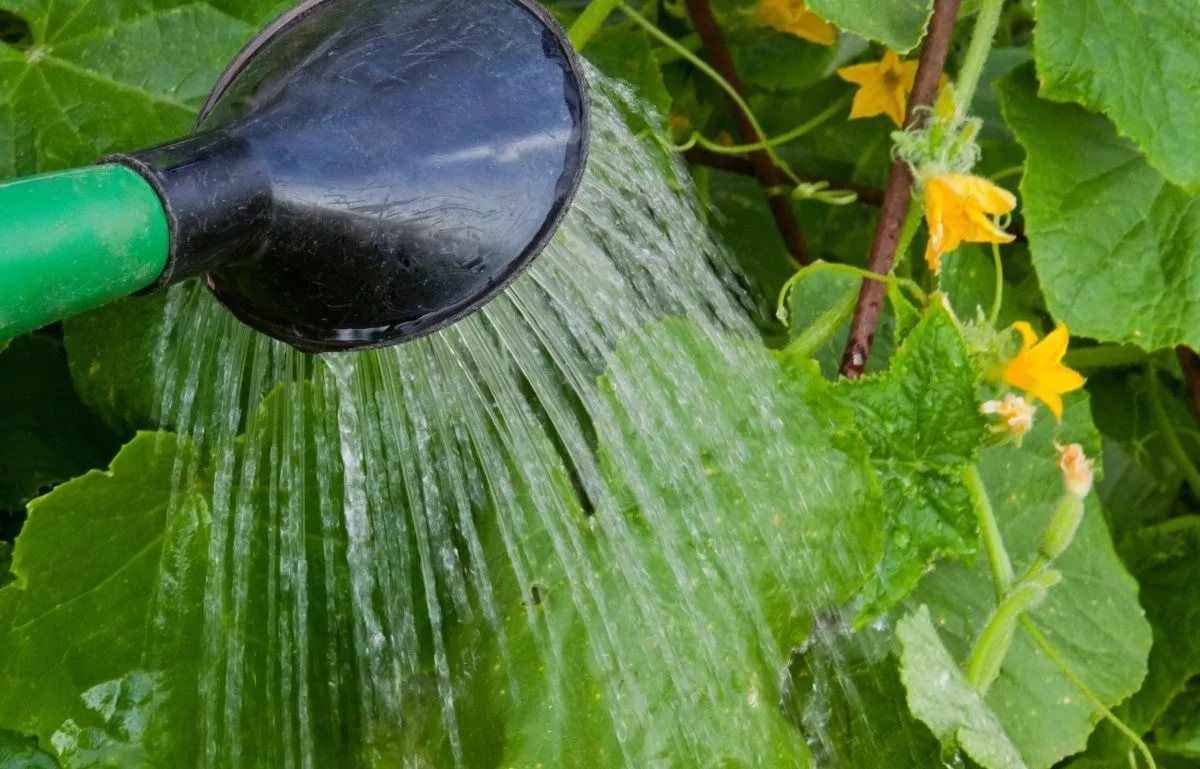
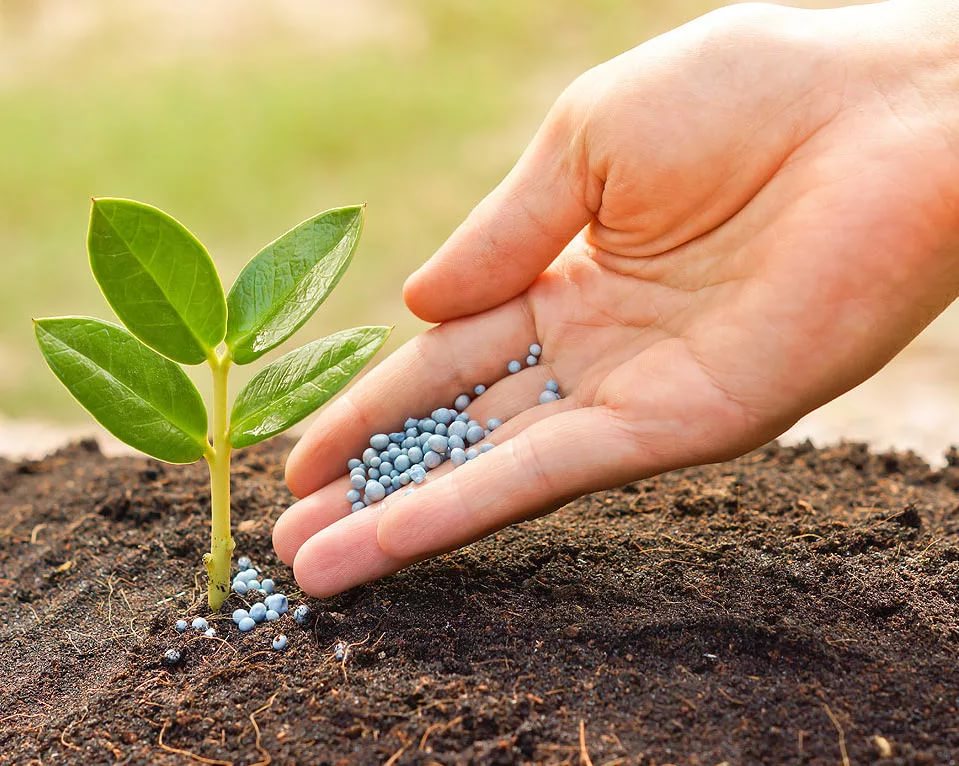
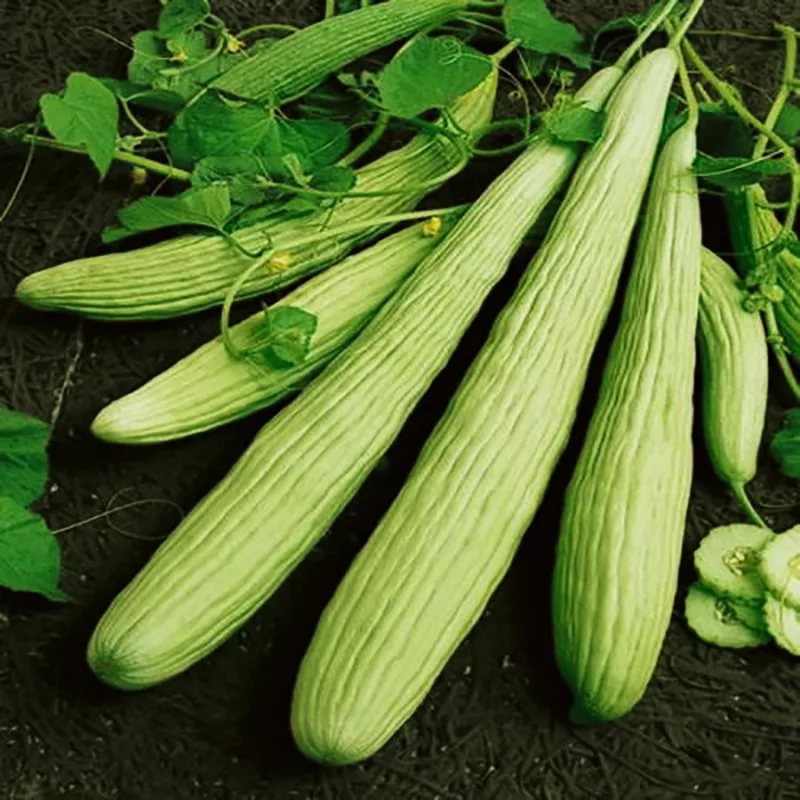
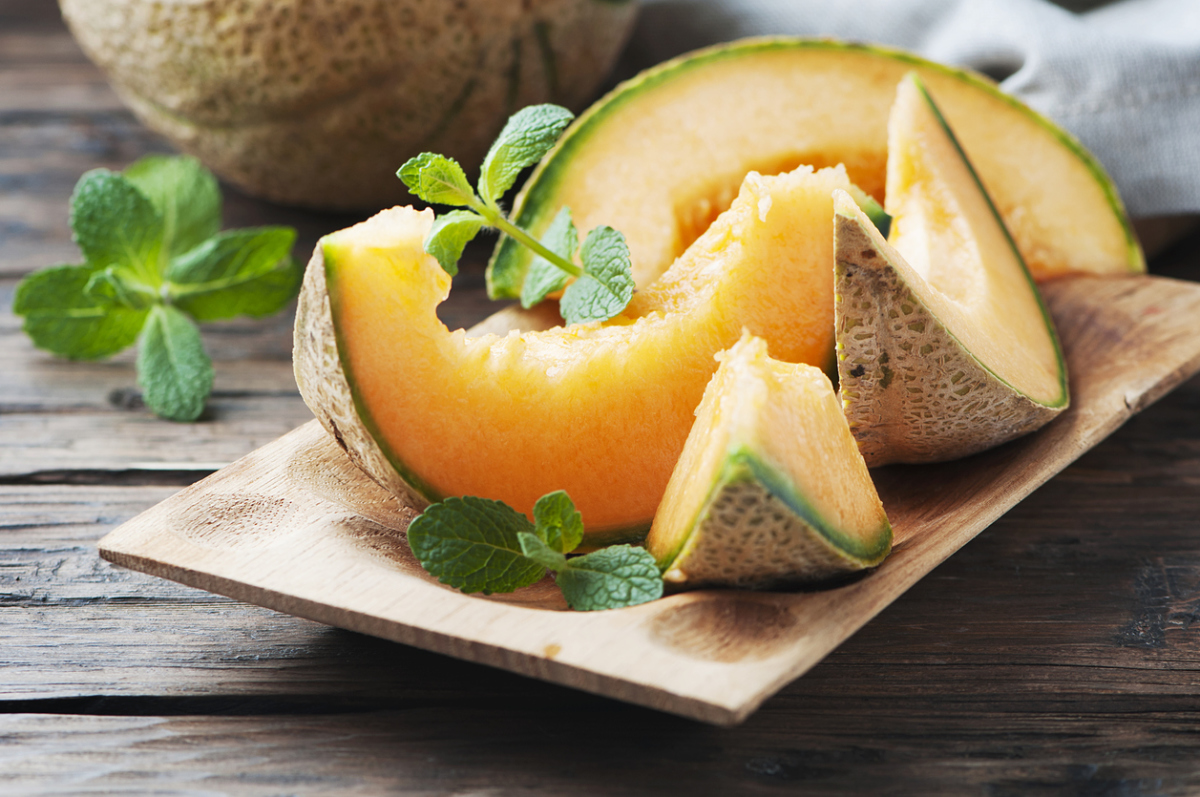
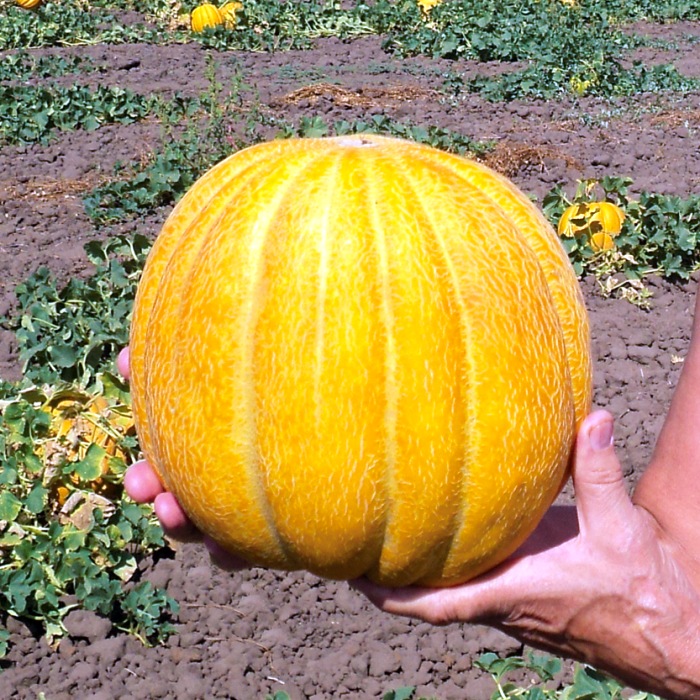
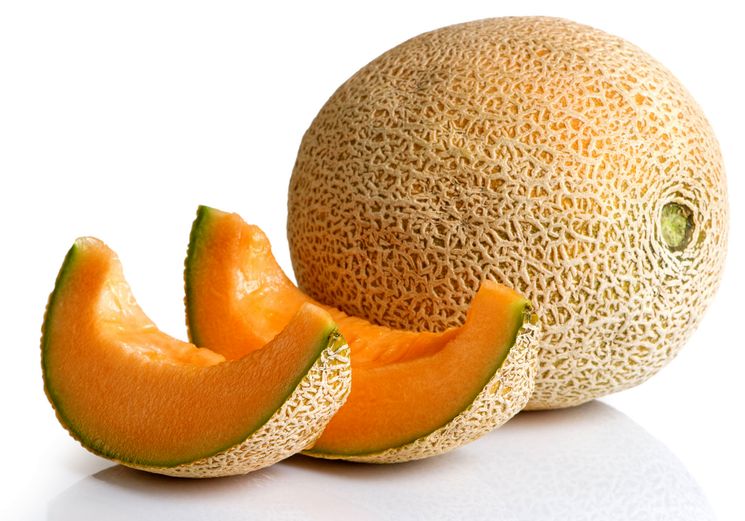


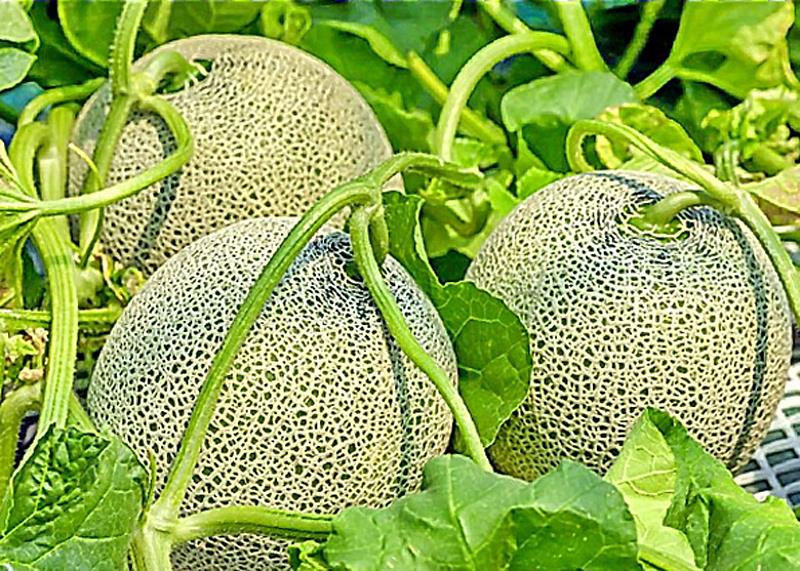







What are you doing here, homemade experts? :))) Snake melon is not a hybrid with a cucumber, but one of the subspecies of common melon. A subspecies, not a variety! She has many varieties. It has been grown not since the middle of the twentieth century, but for a long time. And it was introduced into culture not in Armenia, but in South and Central Asia. I just got to Russia and Europe through Armenia, hence one of the names: "Armenian cucumber". In the first photo you have not a snake melon, but a Chinese cucumber. In the photo with watering - an ordinary cucumber. The whole article is a collection of nonsense, conjectures and absurdities. Presumably, the rest of the articles in your "encyclopedia" are the same… More details »